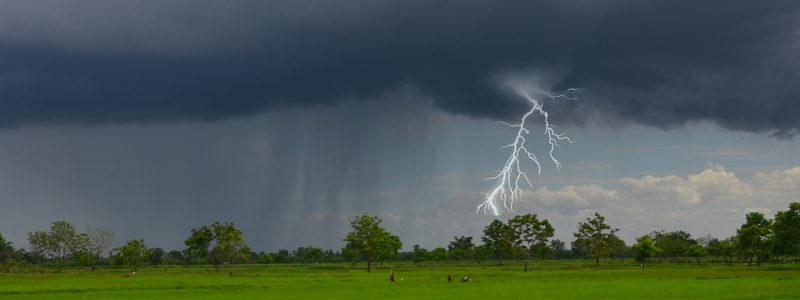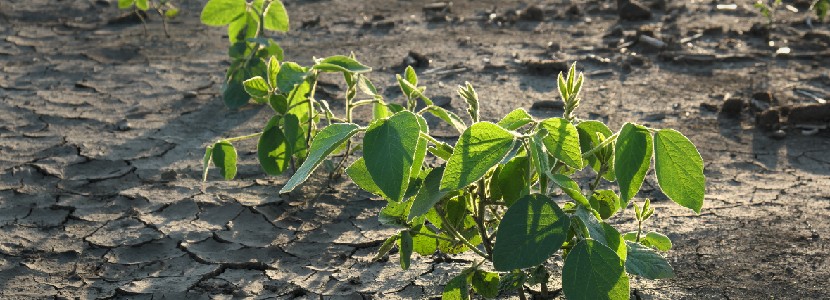 07 Feb 2022
07 Feb 2022
Crops have started to recover slightly with the arrival of strong rainfall in South America. Soy prices in the Chicago Mercantile Exchange have had a tendency on the rise, surpassing the U$S500/tn mark. Such values are a product of high demand, but also due to the extreme drought conditions that crops in South America sustained during the past months.
 From the U.S., soybean export sales were just over a million tons, well above the previous week and the four-week average, with China and Mexico topping the list. According to China’s National Grain and Oil Information Center, national soybean meal stocks are near two-year lows.
From the U.S., soybean export sales were just over a million tons, well above the previous week and the four-week average, with China and Mexico topping the list. According to China’s National Grain and Oil Information Center, national soybean meal stocks are near two-year lows.
On the other hand, corn, in addition to closely watching progress in South America, is monitoring political tensions between Russia and Ukraine. Both nations are major competitors to U.S. corn in the export market. Weekly U.S. corn sales rose sharply during the week to 1.4 million tons, with Japan and Mexico as key stakeholders.

Brasil
For 2022, the projection of the Brazilian soybean harvest suffered a new cut, reflecting the drought in the country’s southern region. According to data released by ABIOVE, the new projection points to 135.8 million tons of soybeans produced this year, a drop of 4.2 million tons from the last estimate.
A total soybean planting area of 40.4 million hectares was recorded in Brazil, marking a new record. The oilseed harvest has already begun in certain regions, presenting an advance close to 4%.
As for corn, there is great scrutiny to what may happen to safrinha corn from southern Brazil. It is the largest of the three and the source of most Brazilian exports, which is planted after the soybean harvest.
Paraguay
Paraguay ranked third as a soybean exporter worldwide, trailing only Brazil and the United States. This leap in the world scale is given, apart from good production, by a conjunctural situation in which Argentina does not have exportable balances of soybean in grains.
The USDA projected Paraguay’s final harvest at 9.2 million tons. This exportable volume of Paraguay was reduced by 500,000 tons compared to the final projections of the previous season, in which 6.3 million tons were exported according to the statistics of the Paraguayan Chamber of Exporters and Marketers of Cereals and Oilseeds (Capeco).
Argentina
As we have already mentioned, the lack of rainfall in addition to the high temperatures generated a deficit in the water reserves of the soils. Causing a negative impact on crops with irreparable losses for some. Argentina is facing a historic drought, which has caused a loss of more than 15 million tons. Due to this situation registered in the productive regions of Argentina, USDA has estimated the exports of this country at 4.2 million tons.
So far this year , 37.3 million tons of soybeans have already been marketed in the local market, equivalent to 81% of the production of the 2020/21 cycle; while of the 2021/22 campaign, local and foreign sales were for a total of 5.5 million tons, remaining 500 thousand tons below the same date last year.♦
Subscribe now to the technical magazine of animal nutrition
AUTHORS

Hybrid Rye Potential in Laying Hen Feed Rations
Gwendolyn Jones
A day in the life of phosphorus in pigs: Part I
Rafael Duran Giménez-Rico
Use of enzymes in diets for ruminants
Braulio de la Calle Campos
Minerals and Hoof Health in the Pregnant Sow
Juan Gabriel Espino
Impact of Oxidized Fats on Swine Reproduction and Offspring
Maria Alejandra Perez Alvarado